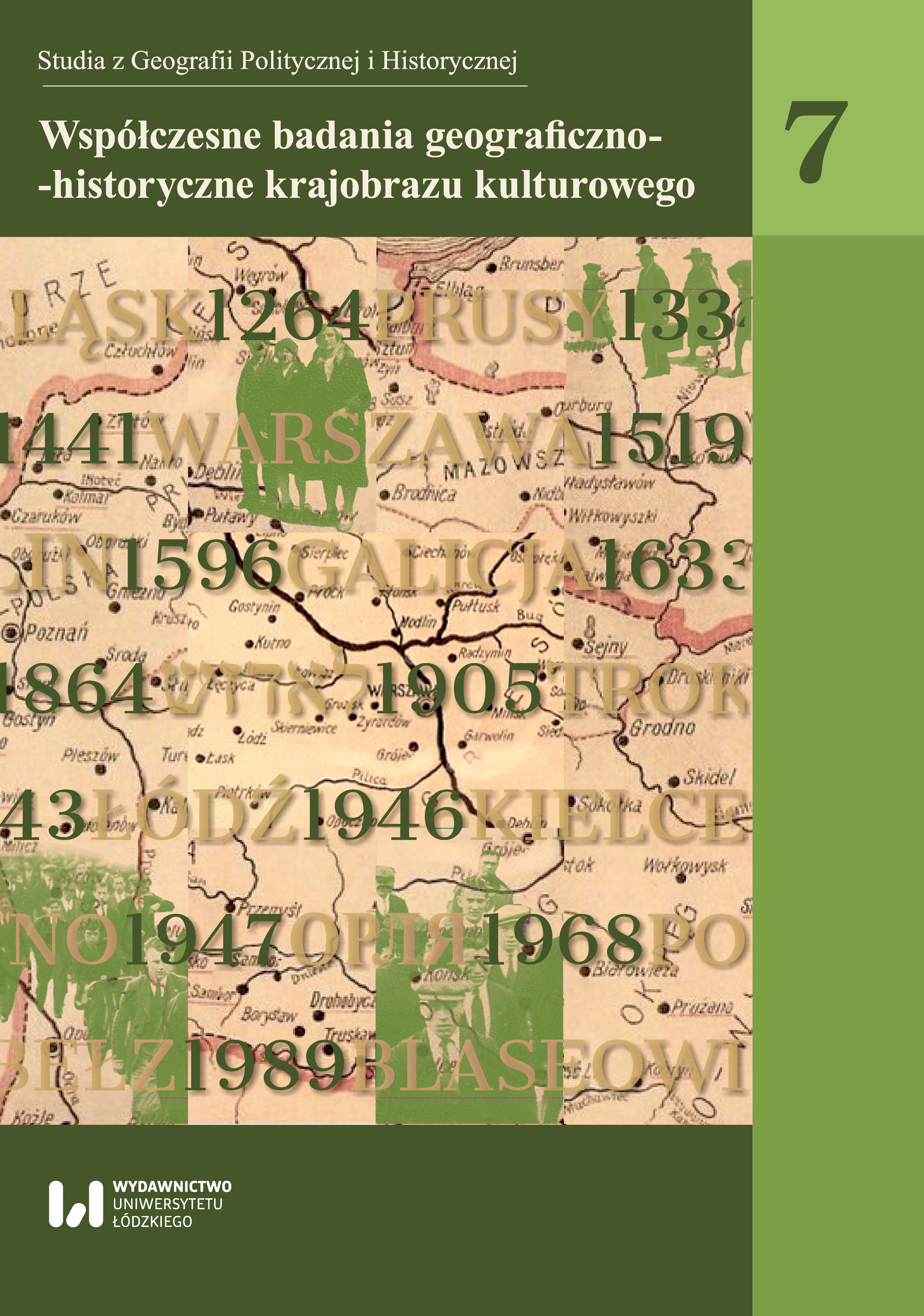Dwuetniczność międzywojennej Warszawy w świetle wyników wyborów
Two ethnic groups in interwar Warsaw in the light of the results of the elections
Author(s): Mariusz KowalskiSubject(s): Politics / Political Sciences, Jewish studies, Interwar Period (1920 - 1939), Ethnic Minorities Studies
Published by: Wydawnictwo Uniwersytetu Łódzkiego
Keywords: Warsaw; interwar period; Poles; Jews; electoral behaviour
Summary/Abstract: The results of the elections, including their spatial diversity, are very often influenced by the cultural diversity of voters. This is clearly visible in Poland during the interwar period (1918-1939). This shows, among other, the study of J. Kopstein and J. Wittenberg (2000). Poles voted for nationwide parties with different ideological features. Members of ethnic minorities choosing parties emphasizing their ethnicity. The only grouping that fully broke the ethnic divide were the Communists, who were voted on by both Polish and Jewish voters. This is also confirmed in the case of election results in Warsaw, a city inhabited by Poles (70%) and Jews (30%). It was a rule that about 75-80% of Warsaw voters voted for the nationwide parties and the remaining 20-25% for the Jewish parties. However, the analysis of the Warsaw elections does not confirm the thesis of J. Kopstein and J. Wittenberg (2000) that the Poles voted ideologically, while the Jews voted for the parties representing the Jews as a minority. Jewish parties also had a differentiated ideological image with the Left, the Right and the Center. Taking into account this diversity, it makes possible to see that Jewish voters expressed greater sympathy for the left-wing parties (Bund, the Communists and Poale Zion) than Poles (Polish Socialist Party, the Communists). At the end of the 1930s, the leftist sympathies were particularly prominent among the Jews. In the elections to the city council of Warsaw in 1938, the left among the Jewish parties won 2/3 votes (the Bund and Poale Zion), while among the national groups only 1/3 (Polish Socialist Party). On the other hand, Kopstein and Wittenberg argue that Jews were not the main source of communist influence in Poland. Support for candidates of this political option in Warsaw, both among Poles as Jews, reached a maximum of 17% (in 1927). Earlier and later support in both communities was lower. At most it may be noted that in the case of Jews before 1927 it was lower than among Poles, while after 1927 higher. Kopstein and Wittenberg are right that the Jews were not the main base of communist influence in Poland. Support for candidates of this political option in Warsaw, both among Poles and Jews, reached a maximum of 17% in 1927. Earlier and later support was lower. In the case of Jews before 1927 it was lower than among Poles, while after 1927 higher. Spatial segregation, both ethnically and socially, has resulted in a strong spatial variation in the results of the elections. The Polish right was dominant in the central districts of the city, the Polish left in the suburbs. The exceptions from this regularity were North Districts (Muranów, Powązki, Grzybów) and part of Praga, where the Jewish parties dominated. The largest concentration of Jewish voters was the Northern District. In its eastern part the Jewish right won, in its western part the Jewish Left and the Communists. Jews were not the main base of influence of Communists in Poland, however, certain circumstances allow to understand why such a stereotype appeared. At least in the case of Warsaw, though perhaps also on a nationwide scale, the Jews showed more sympathy for the left than the Polish voters. In addition, the proportion of Jews among the members of the Communist Party (about 25%), and especially in the authorities of this party (30-50%), was higher than their share in the whole population (10%). Jews also often cooperated with the Polish left to oppose the influence of the nationalist Polish right. For the latter, the identification of the left with the Jews and Jews with the left was a very comfortable argument in the political struggle.
Journal: Studia z Geografii Politycznej i Historycznej
- Issue Year: 2018
- Issue No: 07
- Page Range: 71-91
- Page Count: 21
- Language: Polish

